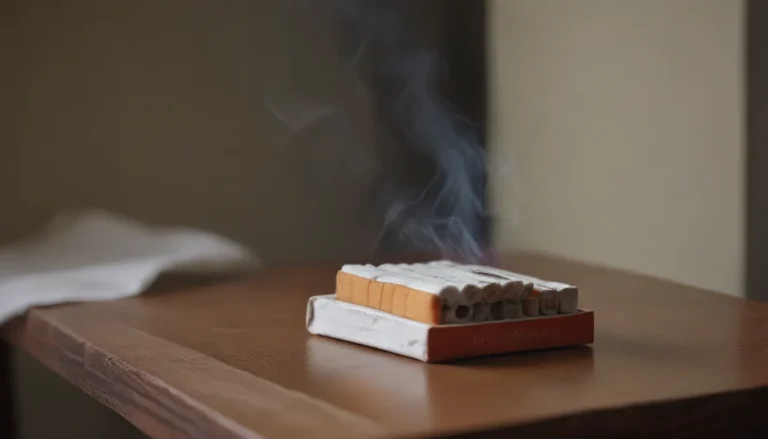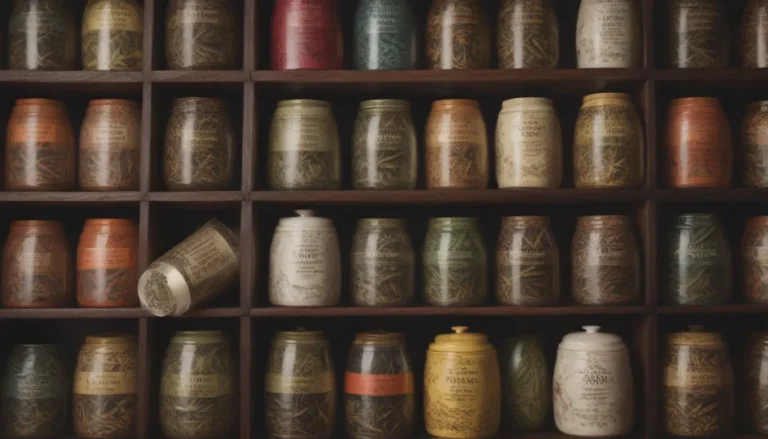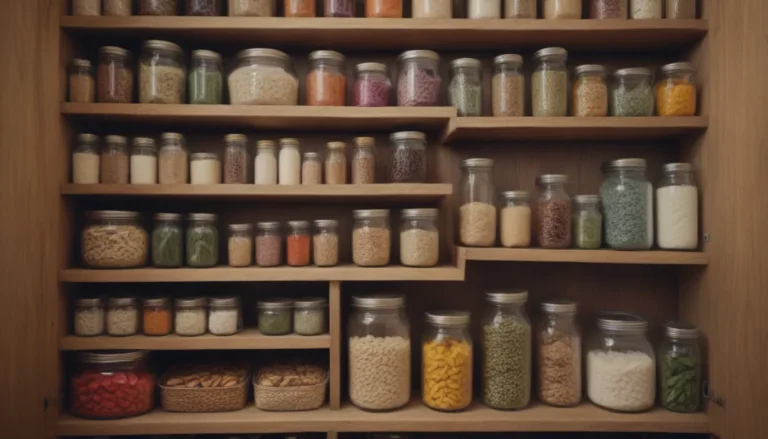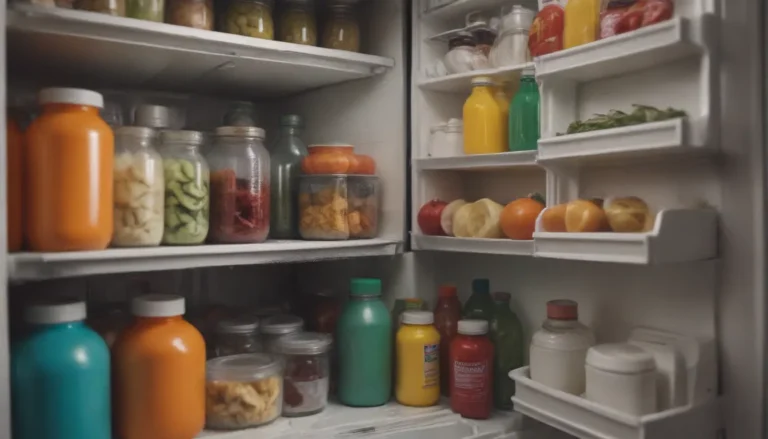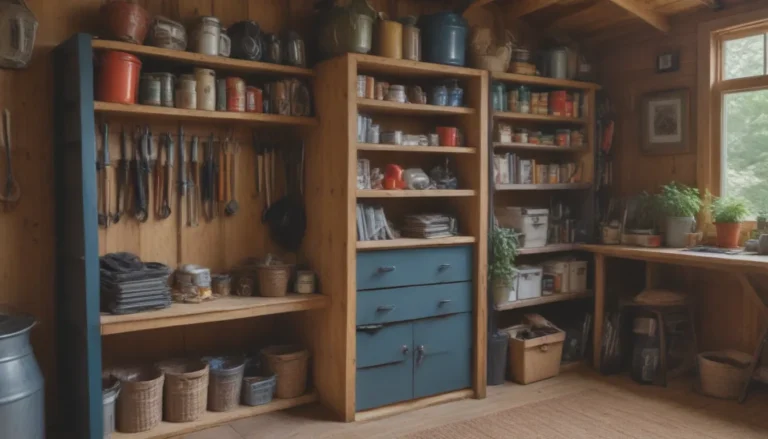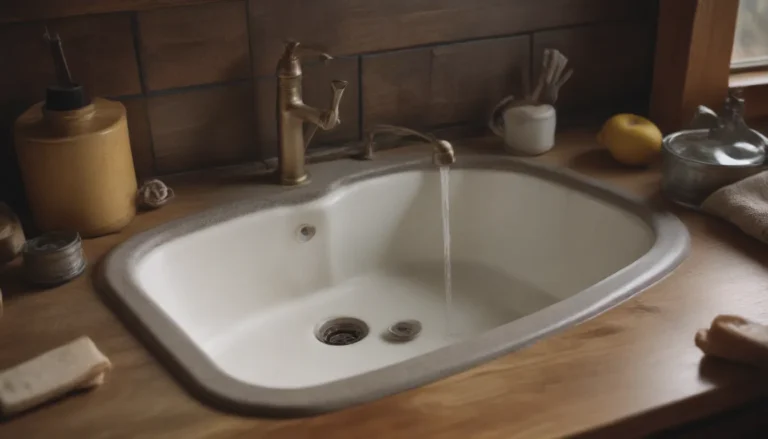Say Goodbye to Booklice: A Comprehensive Guide to Eliminating Psocids from Your Home

Psocids, also known as booklice, are pesky little critters commonly found in new houses and other damp areas. These tiny bugs thrive in humid conditions, making new construction environments the perfect breeding ground for them. While booklice don’t bite, sting, or pose any threat to people or pets, they can be quite annoying, especially when they start raiding pantry containers filled with wheat and grains.
But fear not, getting rid of booklice is easier than you might think. By reducing the humidity levels in your home, you can effectively manage and eliminate these nuisance bugs. In this comprehensive guide, we’ll explore six simple and effective ways to prevent and control booklice infestations, along with valuable information to help you understand these tiny insects better.
What Are Booklice?
Before we dive into how to get rid of booklice, let’s first understand what they are. Booklice are not actually lice, despite their misleading name. These tiny insects are flat and grayish brown in appearance, resembling lice, but they are harmless and feed on fungi and mold. Signs of a booklice infestation include the presence of eggs, a food source, and insect activity, making them a common nuisance in new homes.
Booklice are incredibly small, only measuring about 1 to 2 mm long, with soft bodies that can be white or brown. Most booklice found indoors are wingless, with a large head and abdomen relative to their thorax. They are often mistaken for bed bugs or flour beetles, but unlike these pests, booklice do not bite and are not a threat to humans.
Signs of a Booklice Infestation
Booklice usually enter new homes through construction materials or cracks in walls, where they thrive in moist environments. Signs of a potential booklice infestation include the presence of eggs, a food source, and insect activity. While these tiny bugs may be annoying, they are harmless and will not survive when humidity levels decrease in a new home.
How to Get Rid of Booklice: 6 Simple Ways
Booklice can be found not only in new houses but also outdoors on bark, where they feed on mosses, lichens, grass, leaves, and damp wood. Because of their tiny size, it’s challenging to prevent their entry into your home entirely, so it’s crucial to make your living space less appealing to these bugs by eliminating excess moisture and mold, their preferred environments.
Here are six effective ways to get rid of booklice and prevent future infestations:
- Remove Their Food Source: Discard any contaminated items, such as old foodstuffs or mildewed books, and clean the area with enzymes or borax to eliminate their food supply.
- Improve Airflow: Use dehumidifiers or air conditioners in infested areas like bathrooms and basements to reduce moisture levels to below 50 percent. Open windows to increase ventilation and use fans to improve airflow.
- Clean Up Mold and Mildew: Dispose of moldy articles and clean mold or mildew spots with chlorine bleach, oxygen bleach, borax, or vinegar. Seal leaks to prevent mold growth and keep areas clean and dry.
- Freeze Them Out: Expose infested items to freezing temperatures for over an hour to kill booklice. Place items in a zip-top bag and freeze them to eliminate the bugs.
- Use Dehydrating Agents: Dust substances like silica aerogel, diatomaceous earth, or boric acid in non-food areas to dry out problem areas and control booklice.
- Consider Mold, Fungus, and Insecticide Products: Use commercial products designed to control mold and fungi to keep areas clean and eliminate booklice. As a last resort, use an insect spray containing pyrethrin to eradicate a severe infestation.
By implementing these simple yet effective methods, you can effectively manage and prevent booklice infestations in your home, keeping your living space clean and pest-free.
Booklice vs. Head Lice
It’s essential to differentiate between booklice and head lice, as they share some similarities in appearance. Booklice are lighter in color than head lice and may have wings but do not fly. Head lice, on the other hand, bite humans and animals and are typically found near hair follicles.
When dealing with a potential booklice infestation, remember that these tiny bugs are more of a nuisance than a threat, and with the right knowledge and preventive measures, you can keep them at bay. Whether they’ve hitchhiked into your home through construction materials or found their way in through cracks and crevices, following these simple tips can help you eliminate booklice and create a pest-free environment for you and your family.
Remember, prevention is key when it comes to managing booklice infestations. By reducing moisture, eliminating mold and mildew, and using dehydrating agents, you can effectively control these pesky bugs and keep your home clean and free of unwanted pests.
Stay informed, stay proactive, and say goodbye to booklice once and for all!
